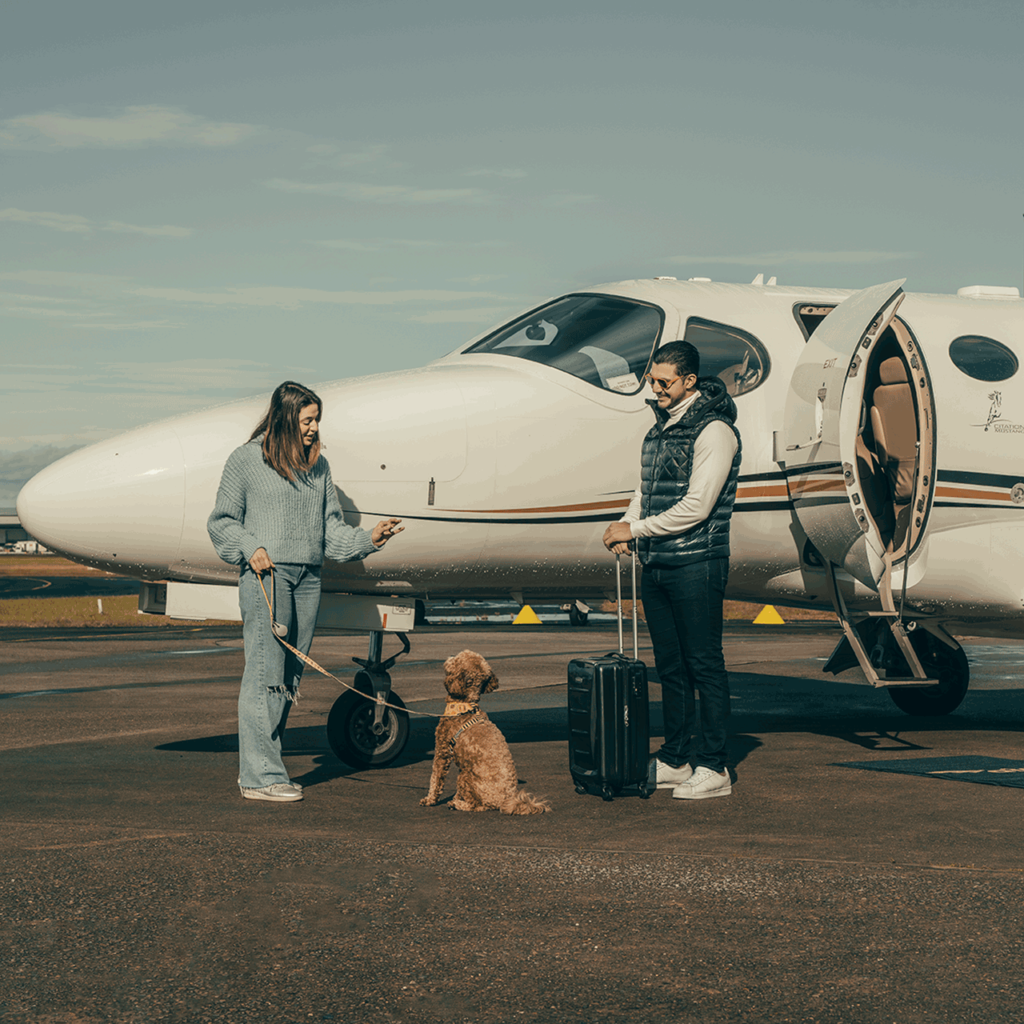
Private Jet Card Year in Review: 2022
We review the most cost effective private jet card in Australia and how it performed in calendar year of 2022.
Read More
We review the most cost effective private jet card in Australia and how it performed in calendar year of 2022.
Read More
A private jet app in Australia?
You read correctly, back in 2018 Airly was the first Australian private jet business to launch a dedicated private jet app. The idea was streamline and simplify the reservation process while easily displaying trip itineraries.
Over the years we continued to add or adjust as our business developed. And our app has even more incredible updates in the works.
By simply booking a private jet via the Airly app customers recently saved just under $3,000 on a Sydney to Gold Coast flight.

We provide these market-leading rates without the need to sign up to a membership, or pay an annual fee.
These rates are available to anyone using the app.
At Airly we do things a little differently.
Due to our expansive network of customers along the East Coast we are able to be more efficient. By ‘threading’ flights together we can save money on empty flying and pass those savings onto the consumer.
Our vision was, is, and always will be private aviation made simple, accessible and more cost-effective.
By launching our now at-capacity and invite only card program, we tested a theory around affordability. That is if we could make flying private a little more within reach, would more people use us?
After 18 months of the card program’s operation, the answer to that theory has been a resounding yes, just take a look at our private jet card year in review article.
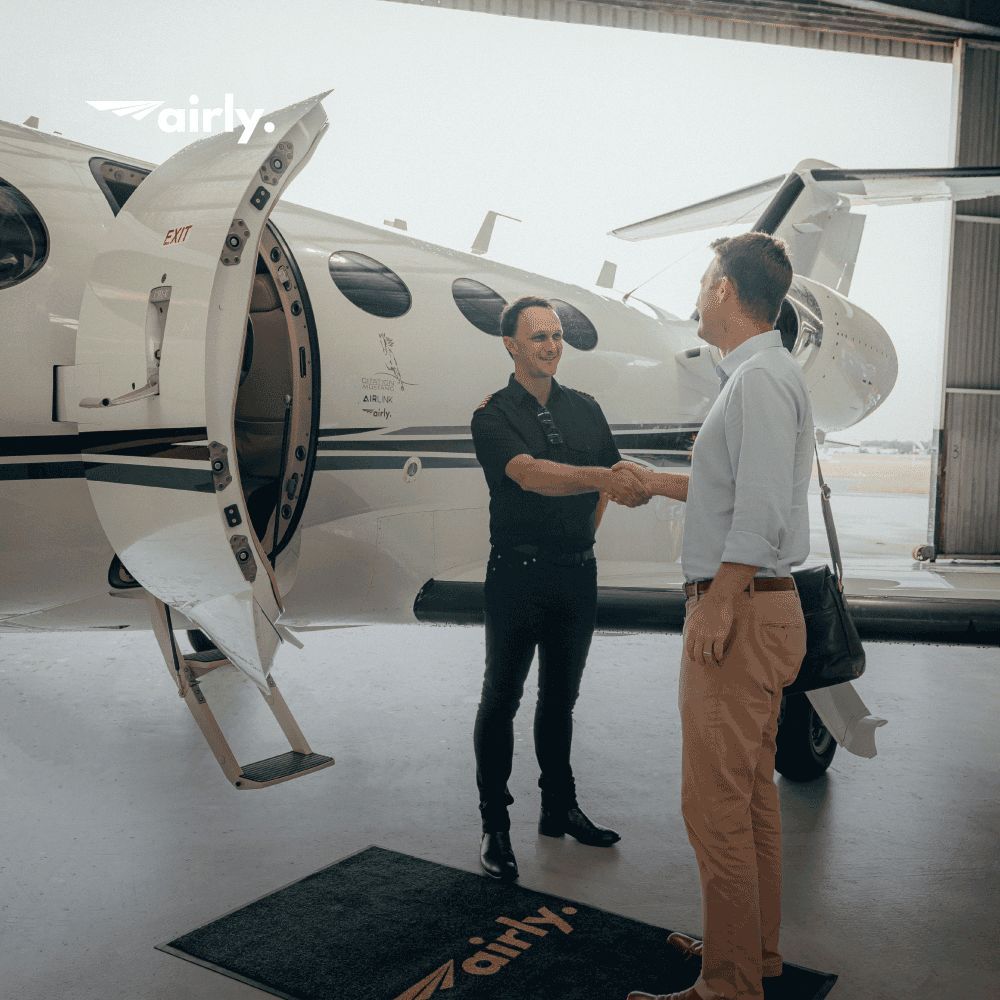
Time after time, George was being let down.
If you’re a busy individual like George, running multiple businesses, travelling frequently with a young family at home, his story would be familiar.
George frequently travels between Melbourne and Sydney for his businesses, avoiding overnights so he could spend more time at home with his family.
This entailed a carefully planned day trip – and required his commercial flights to run on time (or close enough to).
But year after year, declining on time performance and growing cancellation rates let him down. His Platinum status providing little value with the airline duopoly.
Then came the final straw, having his day in Sydney planned to the minute, all meetings ticked off and en route to the airport, his flight was cancelled and subsequently rebooked the following day.
This was George’s ‘ah ha’ moment.
He knew of private aviation already, chartering once or twice a year as well as booking empty legs.
But while in his hotel room in Sydney he came across Access by Airly.

A product where he could trust us to get him where he needed to be, when he needed to be there.
Not just that, providing this service for a fixed price enabling him to budget annual travel expenses.

This sole decision put George back in control of his day, gifting him more time and the certainty that he would be home in time for dinner with his young family.

Over seven months, between launching Access by Airly in June 2021 to January 2022, the program clocked 50 hours flown or booked by card holders on the Citation Mustang 510 aircraft.
Between January and March 2022 a further 50 hours were clocked, bringing the total hours flown to 100.
In the seven months between March and September 2022 a phenomenal 450 hours have been flown by Access by Airly card holders.
Thank you to our travellers and card holders for their trust and belief.

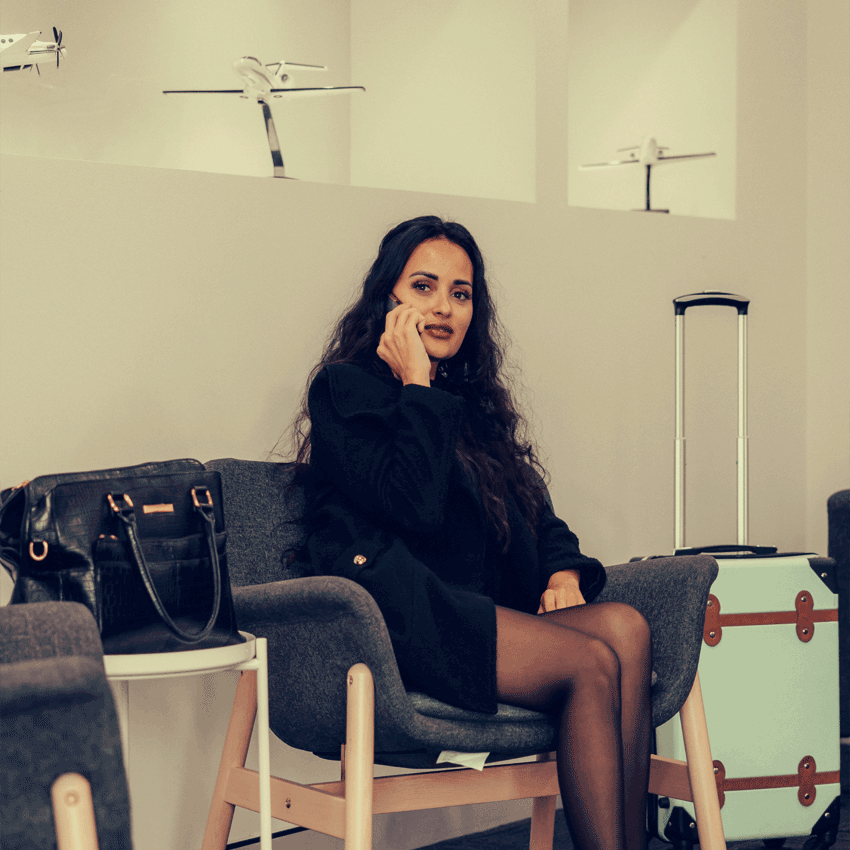
Travel is well and truely back post-pandemic as we witness the airlines struggle to keep up with demand.
As the world gets back to normal, some discerning travellers still seek and appreciate space, hygiene and social distancing.
The average commercial flight can bring you into contact with 700 touch points.
This was one of the reasons why private aviation boomed during the pandemic. Private jet users are keep away from the terminals and crowded cabins.

The ability to keep clear of crowded airports and cabins was another reason that drew Ola, a fast-paced business owner in the cosmetic space, to Access by Airly.
Reduced touch points, flexibility and the shear convenience played their part in keeping Ola healthy and at her best.
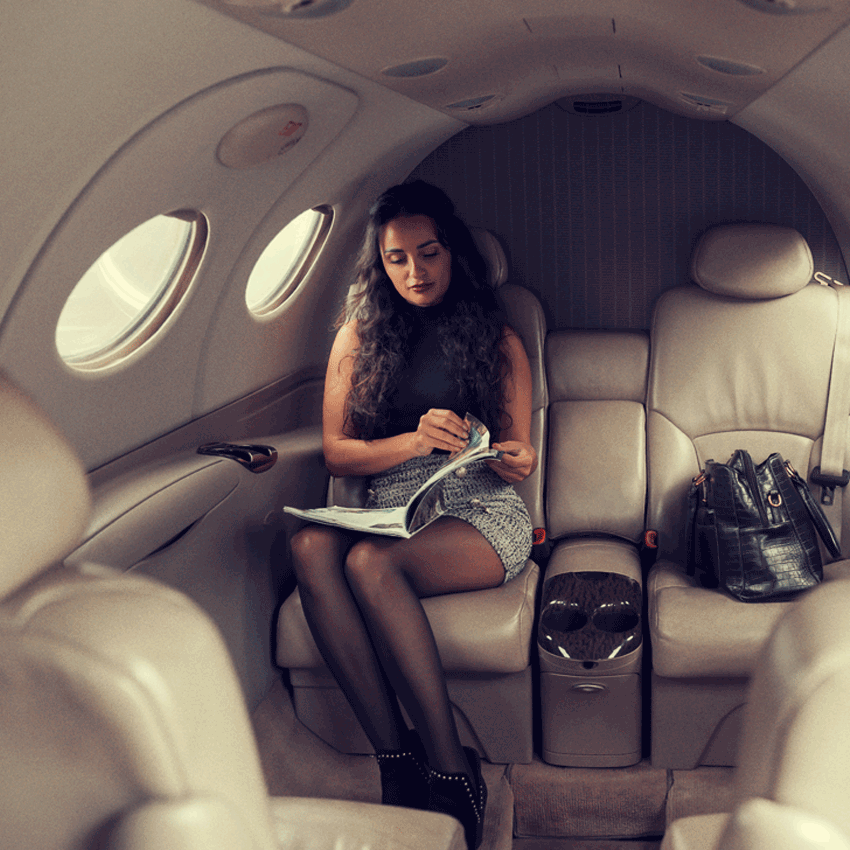
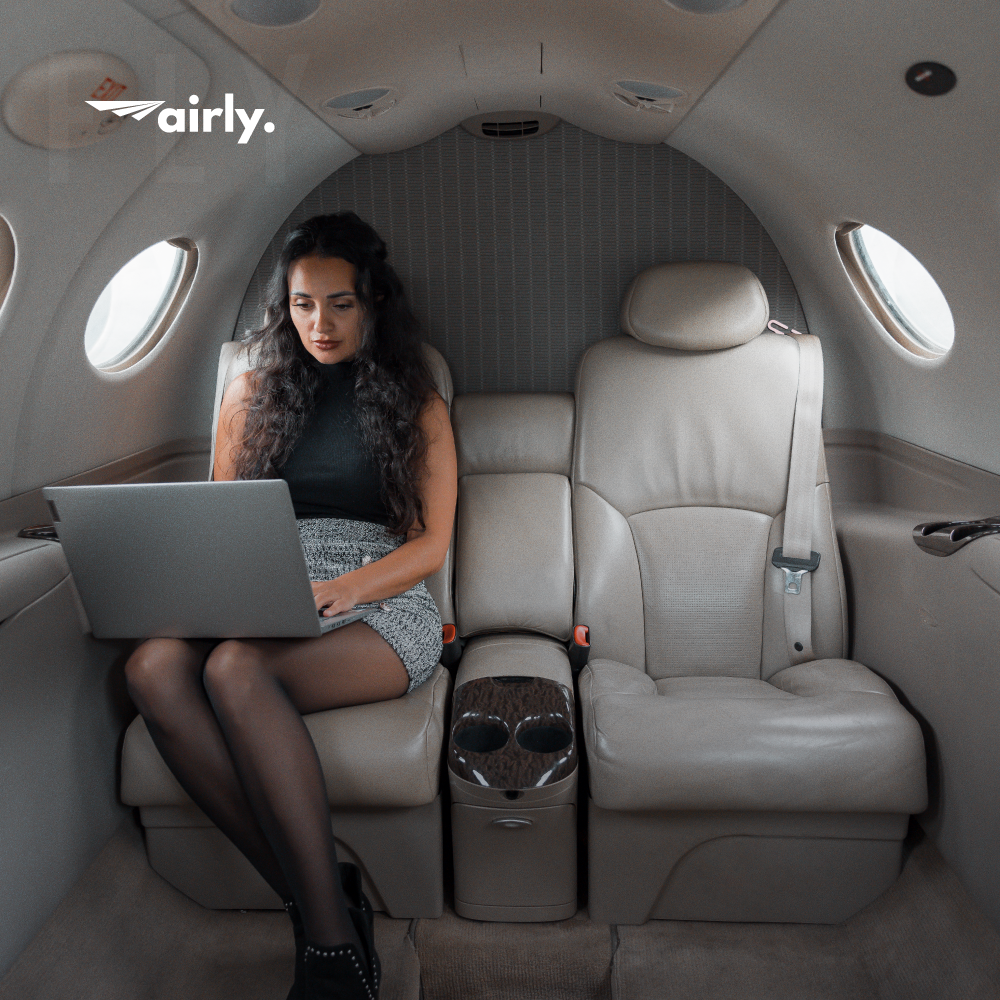
Airline On Time Performance (OTP) for July was atrocious, which should be concerning for any business or leisure traveller.
The role of an airline when accepting your payment is to safely move you from A to B, at the date and time with which you book. But, Australian travellers can and should expect more than this common excuse.
We’re extremely lucky in Australia that our national airline safety record is among the best in the world.
But, in terms of arriving on the date and time as scheduled, the airlines are grossly failing (55% of the time airlines were on time), and that is if they get you there at all (6.4% average cancellation rate).
This doesn’t even consider the unfortunate experience some travellers encountered in queuing for hours outside the terminal, curbside; or being told they weren’t ‘match fit’ for travel.
This ongoing decline of the airlines was what led Ola, a fast-paced and energetic business leader in the cosmetics industry, to seek an alternative.
Despite Ola’s high Frequent Flyer status and ability to use her business-trip accumulated points for regular holidays with her young family, Ola needed certainty as her quality of travel and subsequently life and job were being affected.
The unreliability was impacting her business trips, at best adding delays, and often resulting in cancelled client or supplier meetings. Even her holidays this year were impacted – compounded by the fact Ola was flying with her two young children.

Ola came across Airly and our Access program on social media, which immediately appealed.
A single product that allowed her to travel for business and leisure.

A profound increase to reliability, convenience, and flexibility when travelling on business, and the most enjoyable experience when flying with her family. And, of course, peace of mind that Ola and her family are flying in a proven aircraft, underpinned by a strong safety system.

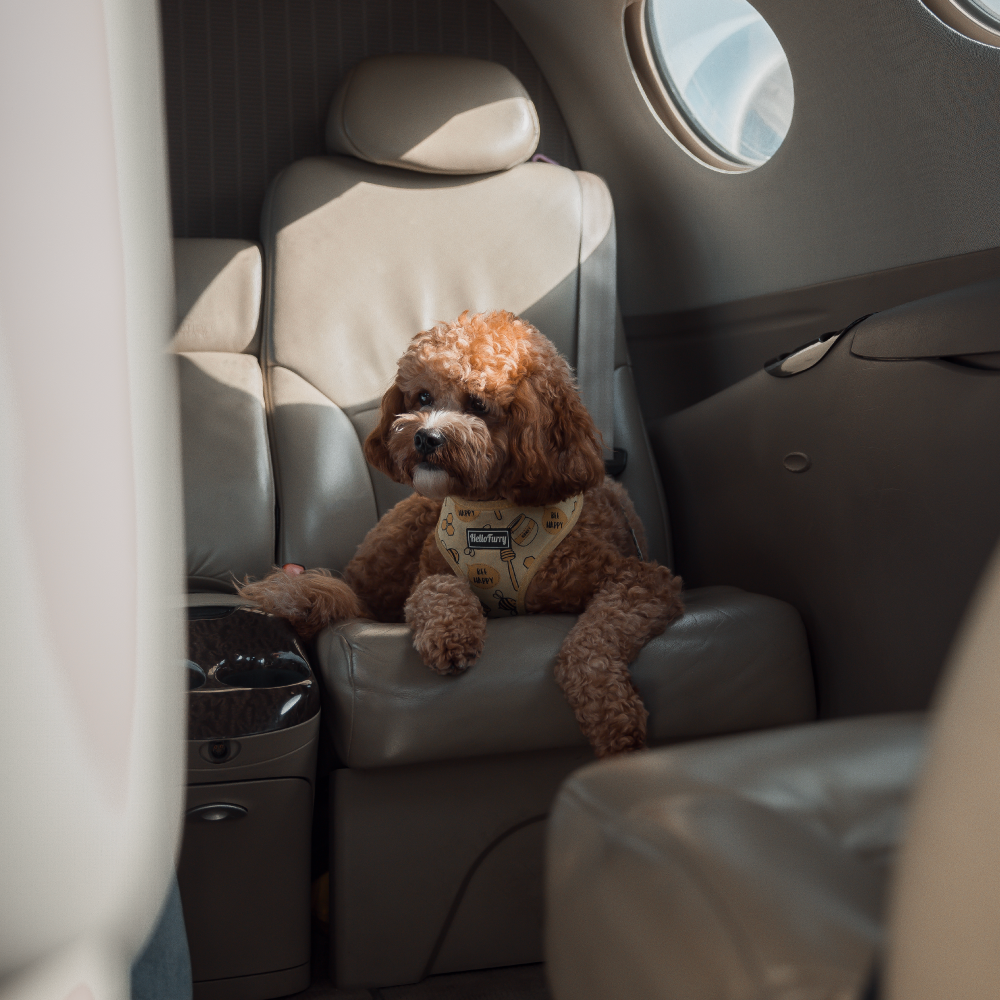
No, of course not, we’re not an airline!
You are welcome to bring your pet(s) along with you when flying private under the Access by Airly program at no extra charge.
This is of course on the provision your pets fit safely into the Cessna Citation Mustang cabin!

Aside from that, enjoy how simple it is travelling with your furry family members.
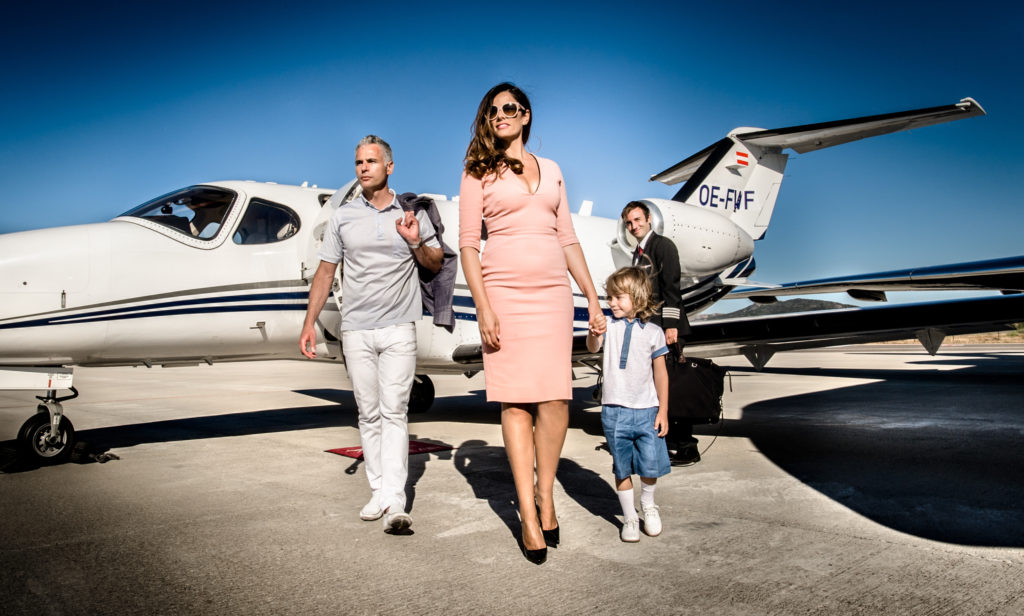
Hörsching (Linz), Austria and Melbourne, Australia, 28 July 2022 – GlobeAir AG and Airly have entered into a long-term strategic business partnership.
Austrian operator GlobeAir, the leading and award-winning private jet charter company in Europe, is proud to announce a new alliance with Australia’s most trusted private aviation company, Airly. GlobeAir will increase its presence in Australia by partnering with Airly, and both operators will transform their offerings to provide world-class service within Europe and Australia.

The new GlobeAir and Airly alliance will collaborate its commitment to maximising efficiency and putting more travellers back in control of their schedule, bringing together both organisations’ collective knowledge and experience to always keep the focus on the client.
‘’Through this new alliance, we will be able to offer enhanced travel services, international expansion efforts supported, and operational efficiency increased, resulting in win-win cooperation that will benefit our organisations and our customers.’’ Luke Hampshire, Airly CEO
Both organisations already have a growing clientele within Austria and Australia. The partnership will leverage both companies’ strengths to offer a better experience, especially with the upcoming European Winter and Australian Summer. Through this partnership, customers will receive discounted rates already agreed upon by both companies.

This new partnership will allow GlobeAir and Airly to expand their network and access over 1,600 airports in Europe and Australia. In addition, it will increase their exposure to the global aviation market.
‘’Globally, consumers are demanding more choice and convenience. In order to meet those demands, GlobeAir and Airly are able to collaborate to offer customers a better experience and higher flexibility within our respective regions.’’ Jonathan Berdoz, VP Sales & Marketing.
With a focus on digital transformation, GlobeAir and Airly lead within the Private Business Aviation sector and will maximise their existing infrastructure with passengers able to book flights within minutes using WhatsApp. This fantastic service provides quick and accessible services for travellers who want a quote or need help booking flights on the go.
With the popularity of WhatsApp as part of daily life, this service helps make travelling more efficient for passengers from the comfort of their cellphone, transforming travellers’ journeys from A to B, one flight at a time.
Customers can still expect to receive tailored travel solutions from the dedicated concierge service. Both organisations pride themselves on tailormade bespoke unforgettable travel experiences after every landing.
About GlobeAir
With more than 50% of the market share, GlobeAir is Europe’s leader in the entry-level private jet sector, including a premium experience. With 160 employees (80 pilots), the company generates about 96 per cent of its revenues abroad. GlobeAir is available 24/7 all over Europe with 21 private jets connecting European cities like London, Geneva, Zurich, Paris, Nice, and Milan with small airfields that are difficult to reach such as St. Moritz or Lugano and 950 more. The company has achieved its success through dedication and by offering bespoke service before, during and after the flight. Charter rates start from € 4,400, and empty legs from € 990.
*Prices per Cessna Citation Mustang Jet
About Airly
Airly is an Australian-based private aviation provider that was founded in December of 2015 launching charter and empty leg services. Airly’s vision is to make flying private simple to understand, accessible to more, and at a palatable price point. This vision was realised in June of 2021 with the launch of ACCESS by Airly. The first program of its kind in Australia where card holders could pay a fixed, occupied hourly rate on the Cessna Citation Mustang along the East Coast of Australia covering destinations including Sydney, Melbourne, Gold Coast and Hamilton Island on the Great Barrier Reef.
Press Contacts
GlobeAir AG
Monika Zvonic
Marketing Manager
E-Mail: monika.zvonic@globeair.com
Phone: +43 (664) 8489906
Fly Airly Pty Ltd
Alexander Robinson
COO & Director
E-mail: alexander@airly.com
Phone: +61 (0) 422 446 701
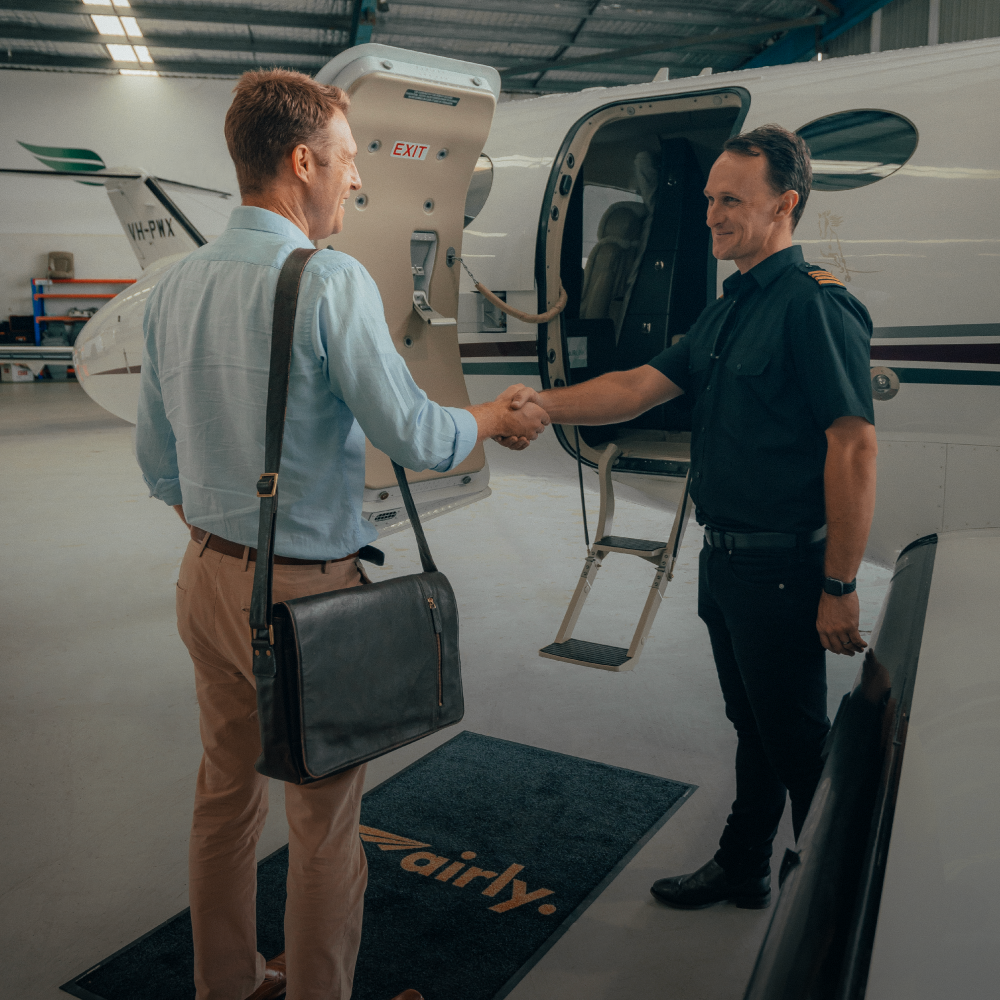
We’ve been patiently waiting for the airline’s on time performance results from June.
Recently, there’s been substantial coverage on airline cancellations, delays and security queues going as far as the eye can see.
Our patience has been rewarded.
Saying less than half is probably too nice.
If you flew commercial from Sydney to Melbourne you had a 42.5% chance of arriving on time.
A total of 15.3% of flights were cancelled too.
By all reports, July is looking no better as the airlines continue to fight their low cost staffing solutions, flu/covid and a lack of ‘match fit’ travellers (their words, not ours).
This article is a bit of a throwback.
Remember George? He was the first card holder we introduced you to several months ago.

A multi business owner and super busy father of two, George was continually left stranded by the airlines.
This resulted in him being stuck at airports instead of being home to enjoy dinner with his young family.
He found our Access by Airly program back in June last year. We’re sure he’s watching the chaos ensuing in the domestic terminals not missing it one bit.

In December the Civil Aviation Safety Authority (CASA), Australia’s aviation regulator, passed legislation allowing for the transport of pets in the cabin of commercial aircraft.
As a note, assistance dogs have always been allowed on board.
A moved welcomed by pet owners alike, but realistically, none of Australia’s airlines have moved to change their policies.
Qantas and Jetstar turned a blind eye to the change, giving it no further thought.
Virgin and Rex said they’ll explore the option. Subtly flagging new revenue opportunities. Virgin even ran a poll on Facebook resulting in 68% of respondents voting in favour of allowing pets onboard.
Although we’re your pet’s biggest fans, we’re not quite sure what it would be like flying in a cabin full of anxious cats and dogs.
The good news is, your beloved furry family member is welcome on all Access by Airly flights.

There’s no additional fees to pay, just allow another 5-10mins for your pilot and ground staff to admire them.
It was our pet-friendly policy that resulted in Ally and Joey signing up to the program, ensuring little Ollie could travel with them stress-free.
